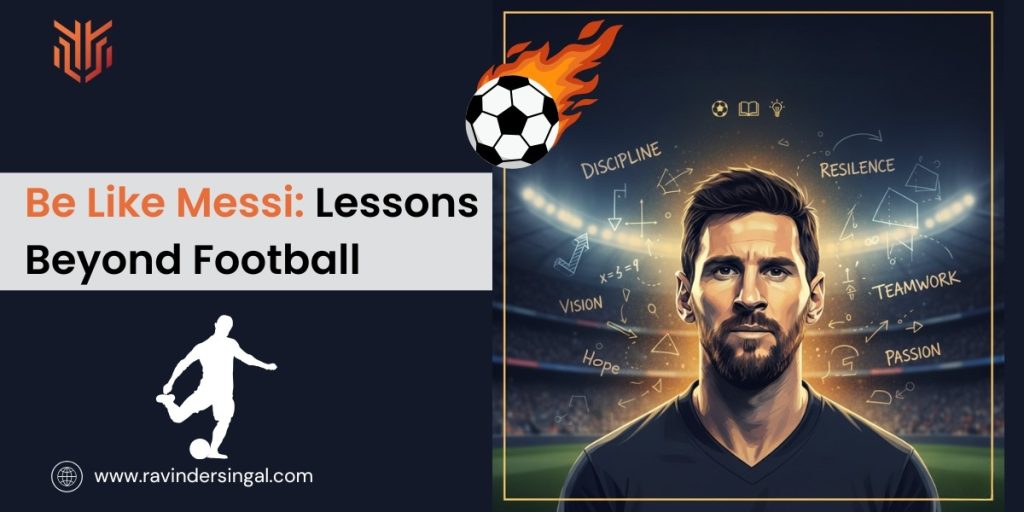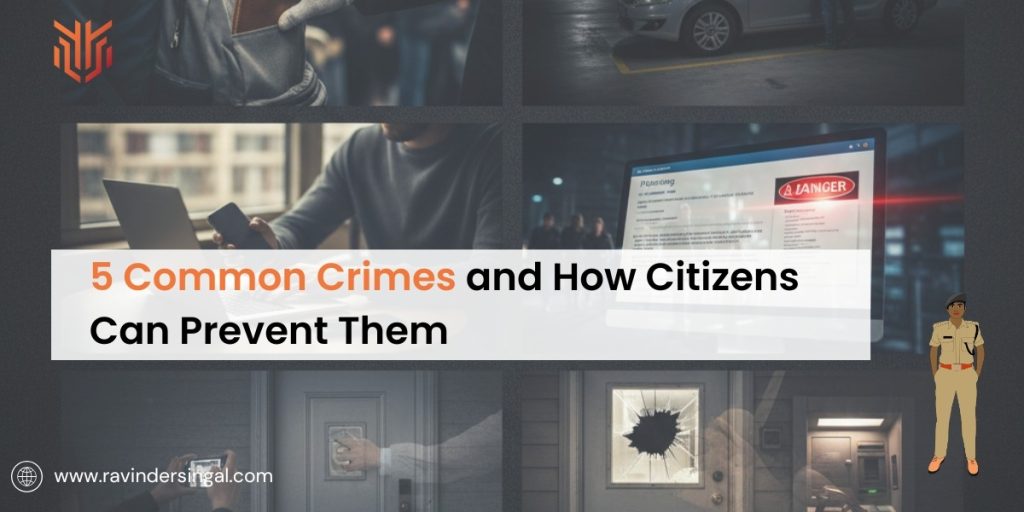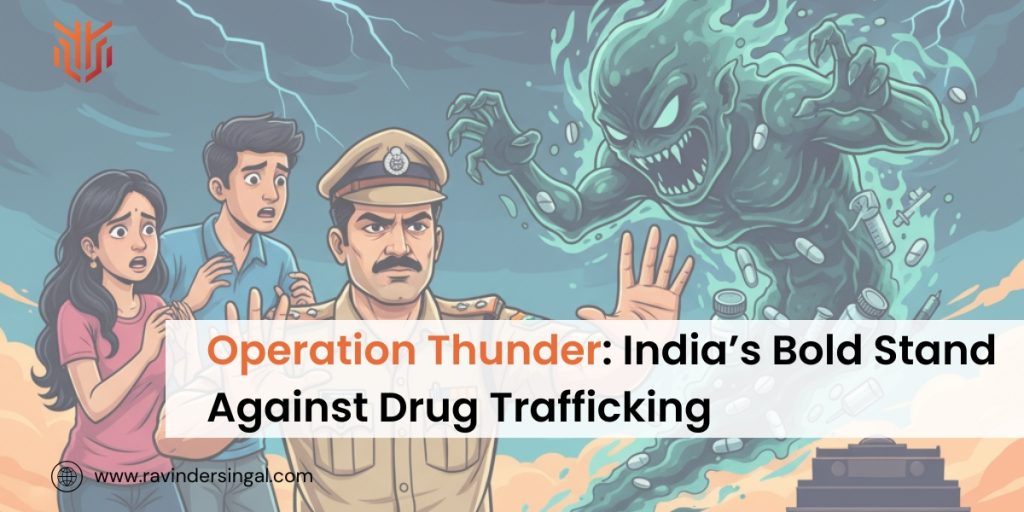Crowd Simulation and Modeling: Understanding the Dynamics of Human Behavior
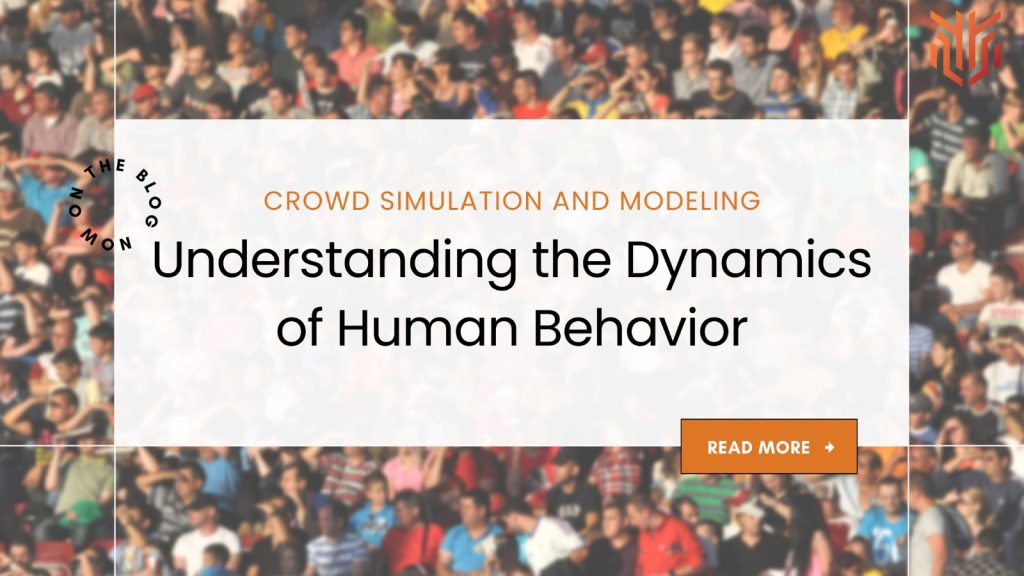
In an increasingly crowded world, understanding how people behave in groups is more crucial than ever. This is where crowd simulation and modeling come into play. By leveraging technology and insights from human behavior psychology, we can better predict and manage crowd dynamics. This blog will delve into the intricacies of crowd modeling, exploring its significance, methodologies, and applications while emphasizing the underlying principles of crowd behavior.
Types of crowd behavior
Understanding the different types of crowd behavior is essential for effective crowd management and safety planning. Each type of crowd exhibits unique characteristics and dynamics, influenced by various social, psychological, and environmental factors. This article will explore the primary types of crowd behavior, emphasizing their implications for crowd modeling, crowd dynamics, and the psychology behind human crowd interactions.
1. Casual Crowds
Casual crowds are formed spontaneously when individuals gather in a specific location without any pre-planned purpose. These crowds are characterized by minimal interaction among members, who often do not know each other. The lack of organization in casual crowds makes them less predictable, which can complicate crowd simulation efforts aimed at managing such gatherings.
In terms of crowd dynamics, casual crowds exhibit low emotional intensity and are generally passive. Understanding this type of crowd is crucial for urban planners and event organizers, as it helps in designing spaces that accommodate unstructured gatherings while ensuring safety.
2. Conventional Crowds
Conventional crowds gather for specific events, such as concerts, lectures, or sporting events. These crowds are more structured than casual ones, with defined norms and expectations guiding behavior. For instance, attendees at a concert are expected to cheer and applaud, while those at a lecture should remain quiet and attentive.
The predictability of conventional crowds allows for more effective crowd modeling. Planners can anticipate crowd movement patterns based on the event’s nature and design spaces accordingly to facilitate smooth flow and minimize risks. Understanding the psychology of human crowd behavior in these settings is vital for enhancing attendee experience while maintaining safety.
3. Expressive Crowds
Expressive crowds form around events that evoke strong emotions, such as political rallies or religious gatherings. These crowds are characterized by their high emotional intensity and collective expressions of feelings. Participants often engage in chants, rituals, or other symbolic behaviors that reinforce group identity.
From a crowd dynamics perspective, expressive crowds can be both unifying and volatile. While they can foster a sense of community, they may also escalate into more intense behaviors if provoked or if emotions run high. Understanding the psychological underpinnings of expressive crowds is essential for effective crowd simulation, particularly in scenarios where emotional triggers can lead to unpredictable outcomes.
4. Acting Crowds
Acting crowds are highly energized groups that engage in goal-directed behavior, often driven by a specific cause or grievance. Examples include protests or demonstrations where participants actively seek to effect change or express dissent against certain issues.
The behavior of acting crowds can be intense and sometimes violent, making them critical subjects for crowd modeling efforts focused on safety and risk management. The urgency felt by members of an acting crowd can lead to rapid decision-making and actions that might not occur in more passive settings. Understanding the dynamics of these crowds is crucial for emergency responders who must prepare for potential escalations during such events.
The Role of Human Behavior Psychology
The study of crowd behavior is deeply intertwined with principles from human behavior psychology. Various theories explain how individuals act within crowds:
- Contagion Theory suggests that individuals lose their sense of self in a crowd, leading to irrational behaviors driven by collective emotions.
- Convergence Theory posits that individuals with similar predispositions come together to form a crowd, reflecting shared values rather than losing individuality.
- Emergent Norm Theory highlights how new norms can develop within a crowd based on social interactions among its members.
These theories provide insights into why different types of crowds behave as they do and inform effective strategies for managing them through crowd simulation techniques.

Implications for Crowd Management
Understanding the types of crowd behavior is essential for effective crowd management strategies:
- Safety Planning: Recognizing the potential risks associated with each type of crowd allows planners to develop tailored safety measures.
- Space Design: Knowledge of how different crowds move enables better design of public spaces to facilitate safe crowd movement.
- Emergency Response: Insights into crowd dynamics assist emergency responders in anticipating behaviors during crises, allowing for quicker and more effective interventions.
What is Crowd Simulation
Crowd Simulation involves creating computer models that replicate the behavior and movement of people in various settings, such as stadiums, malls, or public transport hubs. It uses mathematical algorithms and computer graphics to visualize how large groups interact with their environment and each other. The primary goal is to predict crowd behavior, identify potential safety hazards, and optimize space usage.
The Importance of Crowd Simulation
Crowd simulation refers to the computational modeling of human crowds to understand their movement and behavior in various environments. It is a powerful tool for urban planners, event organizers, and safety officials. By simulating how a human crowd reacts to different stimuli, we can design safer spaces and improve emergency response strategies.
1. Predicting Safety Hazards
One of the primary uses of crowd simulation is to predict potential safety hazards. For instance, simulations can identify bottlenecks in crowded areas like stadiums or shopping malls, allowing planners to redesign layouts to facilitate smoother crowd movement. By understanding mass behaviors, we can prevent incidents such as stampedes or overcrowding.
2. Enhancing Event Planning
In event management, crowd modeling plays a vital role. Organizers can simulate various scenarios to optimize attendee flow, ensuring that services are accessible and that emergency exits are effective. This proactive approach not only enhances visitor experience but also prioritizes safety.
3. Understanding Crowd Behavior
To effectively model crowds, it’s essential to grasp the underlying principles of crowd behavior. Human actions in crowds are often influenced by social norms, psychological factors, and environmental cues.
4. Social Norms and Their Impact
Social norms dictate how individuals behave in groups. For example, during emergencies, people may exhibit panic buying or other health protective behaviors driven by fear and uncertainty. Understanding these social psychological theories helps model realistic crowd responses during crises.
5. Individual vs. Collective Behavior
While individuals have unique motivations and behaviors, their actions can change dramatically in a crowd setting. The dynamics of crowd behavior often lead to collective actions that differ from individual intentions. This phenomenon is crucial for accurately simulating how crowds will react under various circumstances.
Methodologies in Crowd Simulation
Crowd simulation employs several methodologies to create accurate models of crowd dynamics. Each approach offers unique insights into how crowds behave.
1. Flow-Based Approach
This method focuses on the overall movement of a crowd rather than individual actions. It estimates how large groups navigate through spaces based on density and flow rates. This approach is particularly useful for planning large events or public spaces where managing crowd movement is critical.
2. Entity-Based Approach
The entity-based approach incorporates predefined rules that simulate social interactions within crowds. It considers factors such as personal space and social hierarchies, providing a more nuanced understanding of how individuals interact in groups.
3. Agent-Based Approach
In this methodology, each individual (or agent) is modeled with specific behaviors and decision-making processes. This allows for more realistic simulations as agents respond dynamically to their environment and other agents around them. The agent-based approach is particularly effective in studying complex scenarios like evacuations or public gatherings.
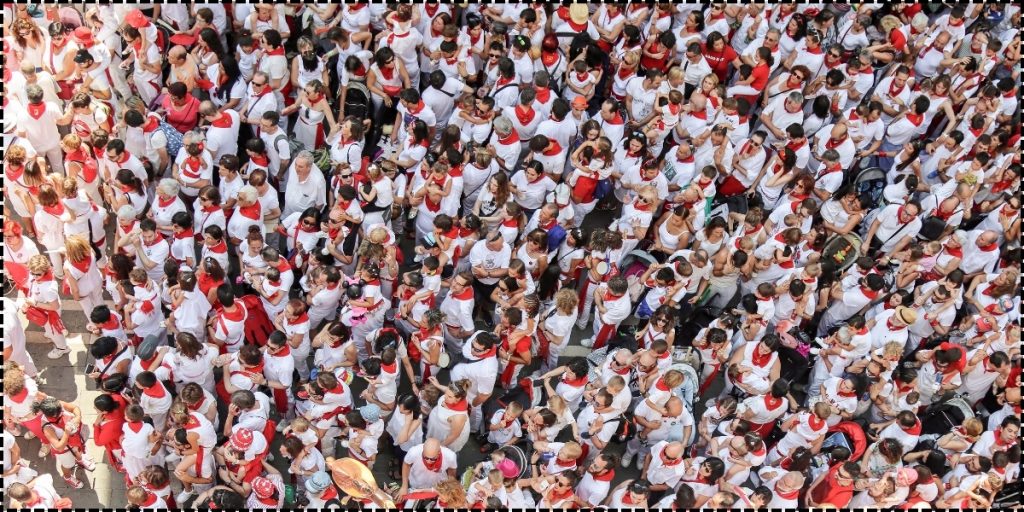
Applications of Crowd Simulation
The applications of crowd simulation are vast and varied, impacting numerous fields from urban planning to emergency management.
1. Urban Planning
Urban planners utilize crowd modeling to design public spaces that accommodate large groups while ensuring safety and accessibility. By simulating pedestrian flows, planners can identify optimal locations for entrances, exits, and amenities.
2. Event Management
For large events such as concerts or festivals, effective crowd management is essential. Simulations help organizers predict attendance patterns, manage queues, and ensure efficient evacuation routes are in place.
3. Emergency Response
In emergency situations, quick decision-making can save lives. Crowd simulations allow authorities to test emergency evacuation plans under various scenarios, ensuring that they can respond effectively when real situations arise.
Challenges in Crowd Simulation
Despite its advantages, crowd simulation faces several challenges that must be addressed for accurate modeling.
Data Collection
Accurate simulations require extensive data on human behavior in crowds. Collecting this data can be difficult due to ethical concerns surrounding privacy and the logistics of monitoring large groups.
Realism vs. Complexity
Striking a balance between realism and computational complexity is crucial in crowd modeling. While more detailed models provide better insights into human behavior, they also require significant computational resources.
Future Directions in Crowd Simulation
As technology advances, so too will the capabilities of crowd simulation tools. Integrating real-time data from sensors and social media could enhance the accuracy of models significantly.
Real-Time Monitoring
Using IoT devices and cameras to monitor crowd dynamics in real time could provide invaluable data for simulations. This would allow for dynamic adjustments during events based on actual crowd behavior rather than relying solely on pre-event predictions.
Enhanced Behavioral Models
Future research may focus on refining behavioral models by incorporating insights from psychology and sociology. Understanding factors like emotional contagion or groupthink could lead to more accurate representations of human crowd dynamics.
Conclusion: The Power of Understanding Crowd Dynamics
In conclusion, crowd simulation and modeling offer profound insights into the complexities of human behavior within crowds. By utilizing these tools effectively, we can enhance safety measures at public events, improve urban planning strategies, and prepare for emergencies more efficiently. As we continue to refine our understanding of crowd dynamics, we pave the way for safer environments where people can gather without fear.
Understanding mass behaviors through simulations not only helps us manage crowds but also deepens our comprehension of societal interactions during critical moments—be it during a festival or a crisis situation like panic buying during a pandemic. The future holds exciting possibilities for harnessing technology to create safer public spaces through informed decision-making grounded in solid psychological principles. By investing in advanced crowd modeling, we commit ourselves to fostering environments that prioritize safety while embracing the vibrant dynamics of human interaction within crowds.
For the Latest information visit our Youtube Channel — Dr. Ravinder Singal
>>> Also Read: The Power of Mindset: How a Positive Attitude Can Transform Your Life
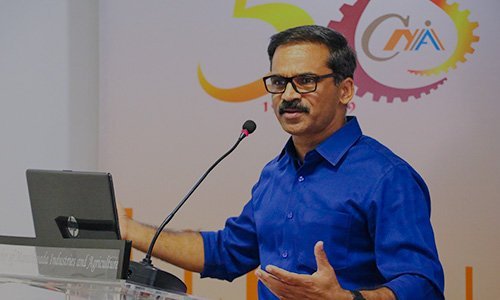
Quitters Don’t Win and Winners Don’t Quit.
Ironman | Deccan Cliffhanger | Comrade Legend Finisher | Motivational Speaker | Writer | Endurance Athlete



